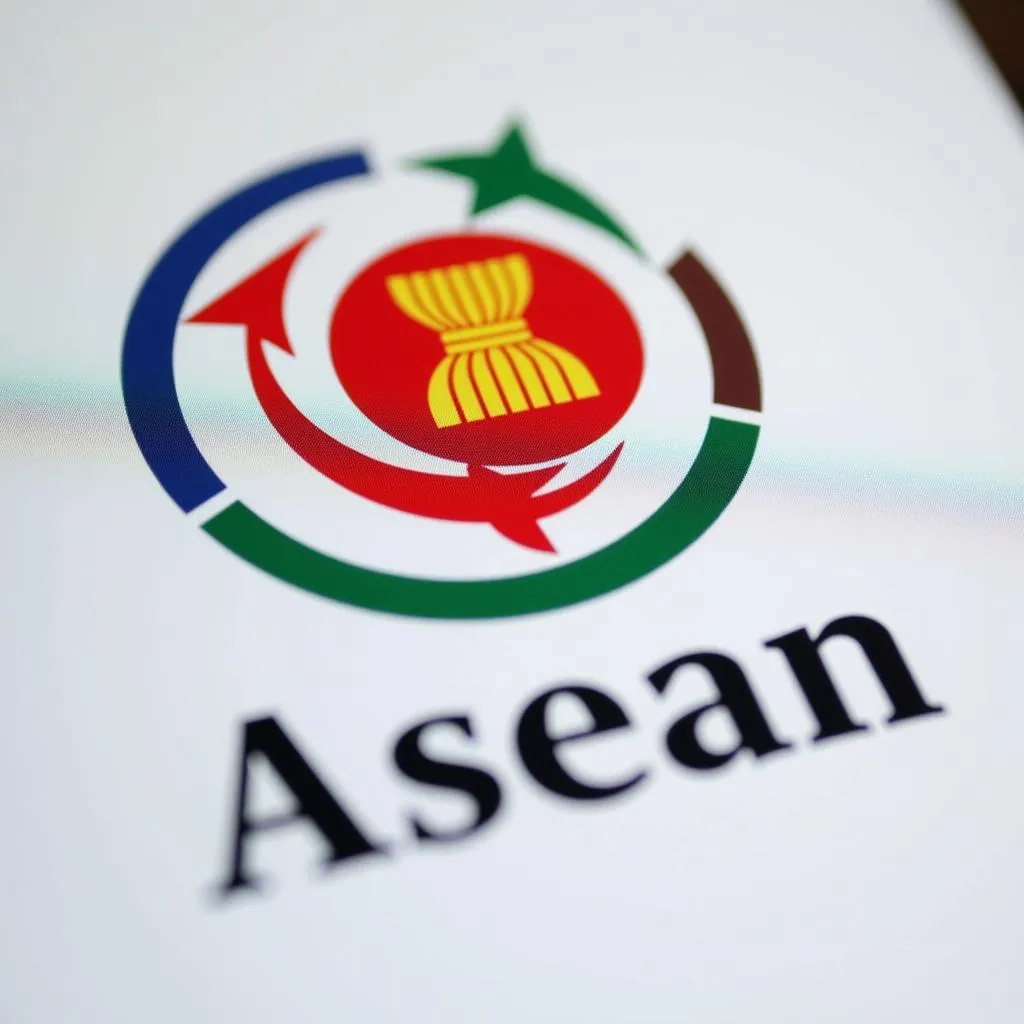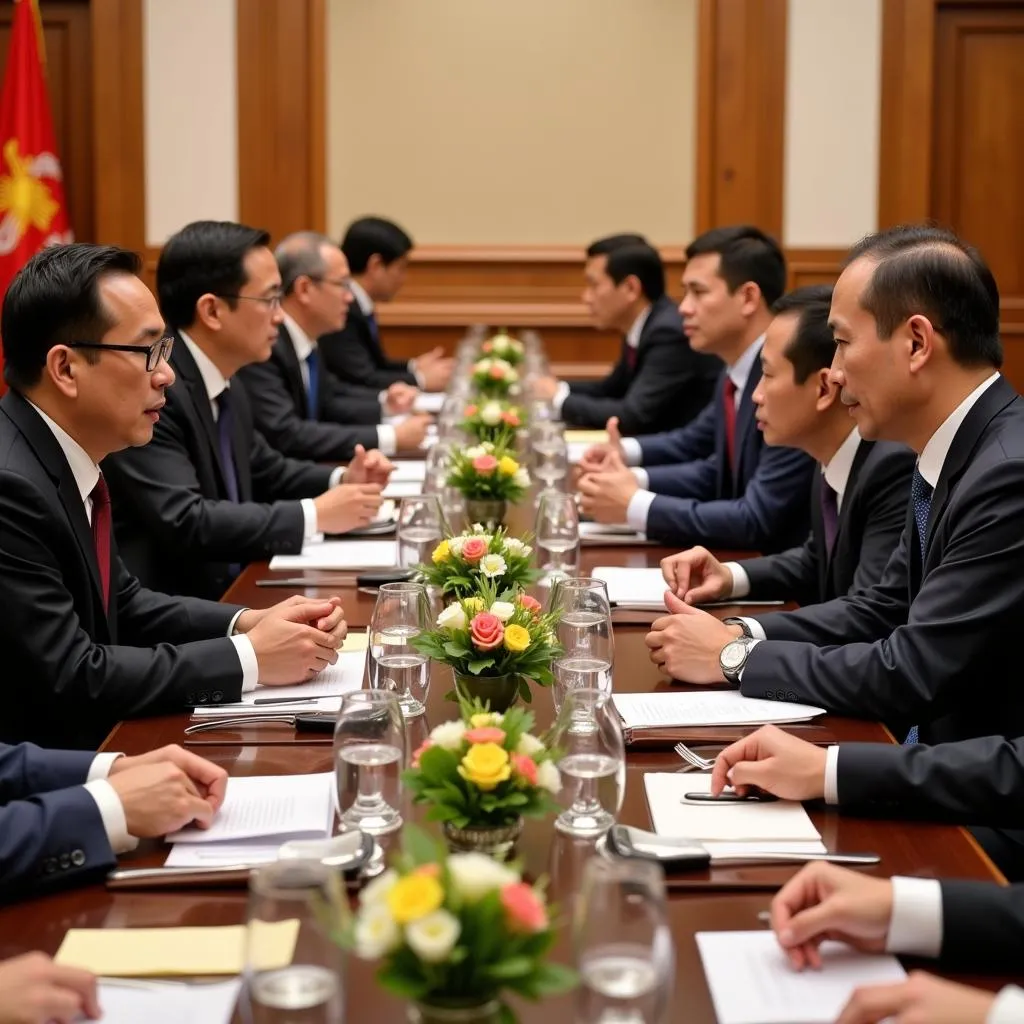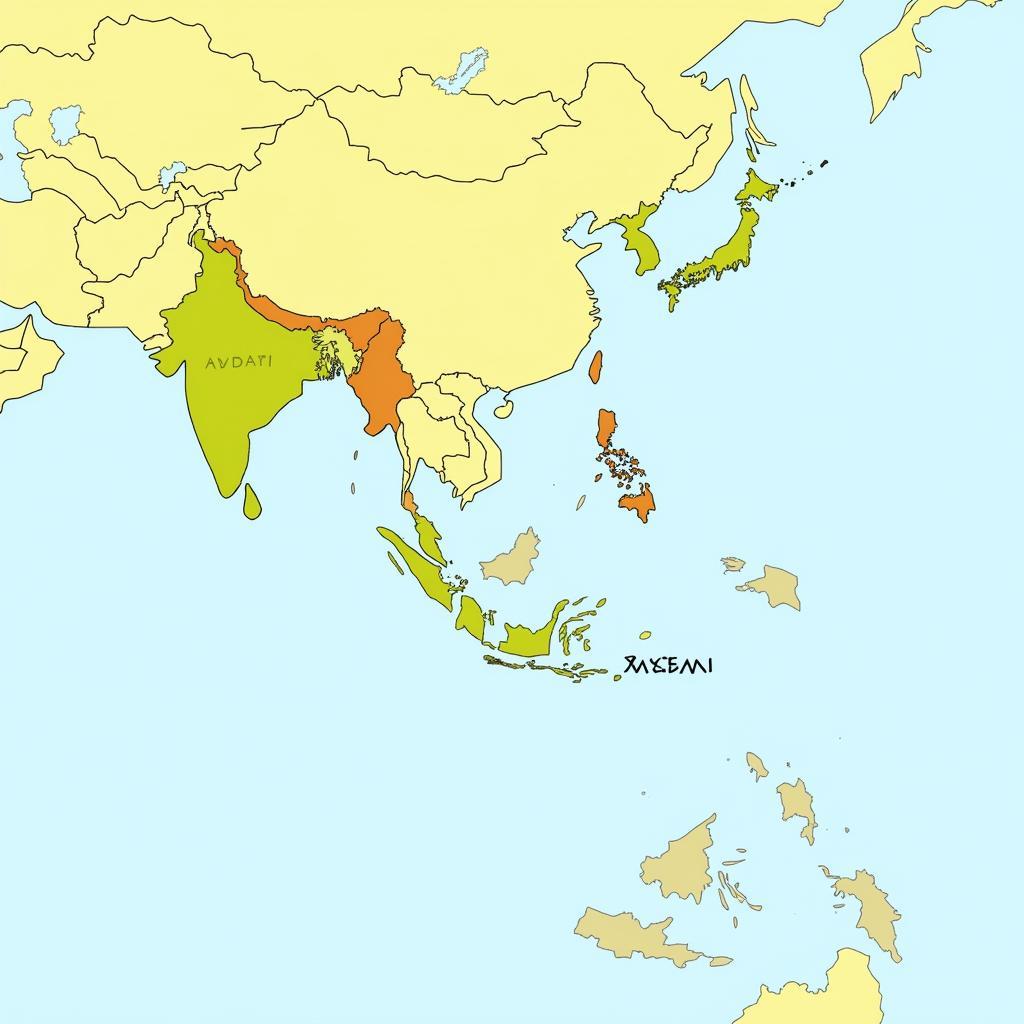The question “Ano Ang Pangunahing Layunin Ng Asean?” translates to “What is the main goal of ASEAN?” in English. This seemingly simple question opens the door to a deeper understanding of the Association of Southeast Asian Nations (ASEAN) and its impact on the region and the world.
ASEAN, founded in 1967, unites 10 diverse Southeast Asian nations under a common purpose. But what exactly is that purpose? What drives this dynamic bloc to cooperate and integrate?
The Core Principles Driving ASEAN’s Mission
At its heart, ASEAN’s primary goal is to foster peace, stability, and prosperity for its member states. This overarching objective finds expression through key principles enshrined in the ASEAN Charter:
- Mutual respect for sovereignty and territorial integrity: ASEAN recognizes the equal rights of all nations and promotes peaceful coexistence.
- Non-interference in internal affairs: Member states respect each other’s political systems and decision-making processes.
- Peaceful settlement of disputes: ASEAN encourages dialogue and diplomacy to resolve conflicts without resorting to force.
- Renunciation of the threat or use of force: Member states commit to peaceful interactions and refrain from aggression.
- Effective cooperation: ASEAN promotes collaboration in various sectors to achieve shared goals.
These principles serve as the bedrock upon which ASEAN builds its multifaceted cooperation framework.
Economic Integration: A Cornerstone of ASEAN’s Vision
A key pillar of ASEAN’s mission is economic integration. Recognizing the collective strength of its members, ASEAN actively works towards:
- Establishing an ASEAN Economic Community (AEC): The AEC aims to create a single market and production base characterized by free flow of goods, services, investments, and skilled labor.
- Promoting trade liberalization and facilitation: ASEAN strives to reduce trade barriers and simplify customs procedures to boost intra-regional trade.
- Attracting foreign direct investment: ASEAN presents itself as a unified and attractive destination for foreign investors seeking opportunities in Southeast Asia.
Through these initiatives, ASEAN aims to enhance its economic competitiveness on the global stage and improve the lives of its citizens.
 ASEAN Economic Community logo
ASEAN Economic Community logo
Socio-Cultural Cooperation: Nurturing a Shared Identity
Beyond economic pursuits, ASEAN recognizes the importance of fostering a shared identity and promoting socio-cultural understanding. This commitment manifests through:
- Preserving and promoting ASEAN’s rich cultural heritage: ASEAN celebrates the diversity of its cultures through festivals, exchanges, and collaborative projects.
- Enhancing people-to-people connectivity: ASEAN encourages educational exchanges, tourism, and youth interactions to build bridges between communities.
- Addressing social issues collectively: ASEAN collaborates on issues such as poverty reduction, disaster management, climate change, and public health.
By investing in social and cultural initiatives, ASEAN aims to create a more cohesive and resilient region.
Regional Security: Safeguarding Peace and Stability
Maintaining peace and stability is paramount to ASEAN’s mission. The organization pursues this objective through:
- Promoting dialogue and confidence-building measures: ASEAN facilitates regular dialogues and platforms for communication between member states to address security concerns.
- Developing mechanisms for peaceful dispute settlement: ASEAN has established mechanisms, such as the Treaty of Amity and Cooperation (TAC) and the High Council, to peacefully resolve disputes among member states.
- Cooperating on transnational challenges: ASEAN works together to address shared security threats such as terrorism, transnational crime, and maritime security.
Through these efforts, ASEAN aims to create a secure and stable environment conducive to development and prosperity.
 ASEAN leaders meeting at a summit
ASEAN leaders meeting at a summit
ASEAN in a Globalized World: A Rising Regional Player
ASEAN actively engages with the international community, seeking to:
- Promote regional integration as a model for cooperation: ASEAN’s success story serves as an example for other regions striving for peace and prosperity.
- Strengthen partnerships with dialogue partners: ASEAN maintains dialogues and cooperation mechanisms with major powers and regional organizations to address global issues.
- Contribute to shaping the global agenda: ASEAN leverages its collective voice to advocate for its interests and contribute to shaping global norms and policies on issues such as trade, development, and climate change.
Through its proactive engagement on the global stage, ASEAN aims to secure its place as a respected and influential regional bloc.
Conclusion: ASEAN’s Enduring Relevance
“Ano ang pangunahing layunin ng ASEAN?” – The answer lies in ASEAN’s unwavering commitment to peace, stability, and prosperity for its people. Through economic integration, socio-cultural cooperation, and regional security initiatives, ASEAN continues to strive towards its goals. As a unified and dynamic bloc, ASEAN stands as a testament to the power of collaboration and a beacon of hope for a brighter future for Southeast Asia and the world.

